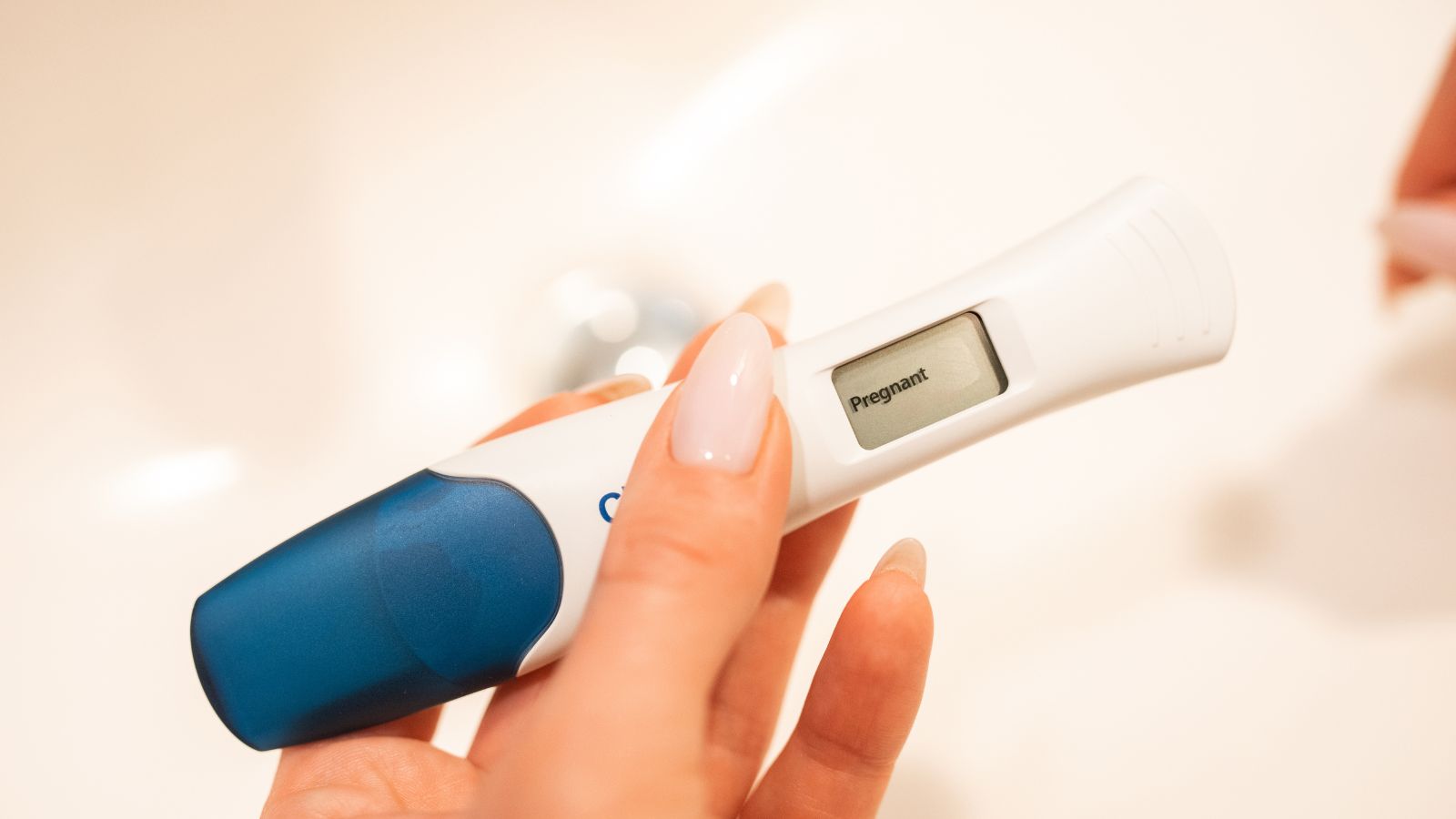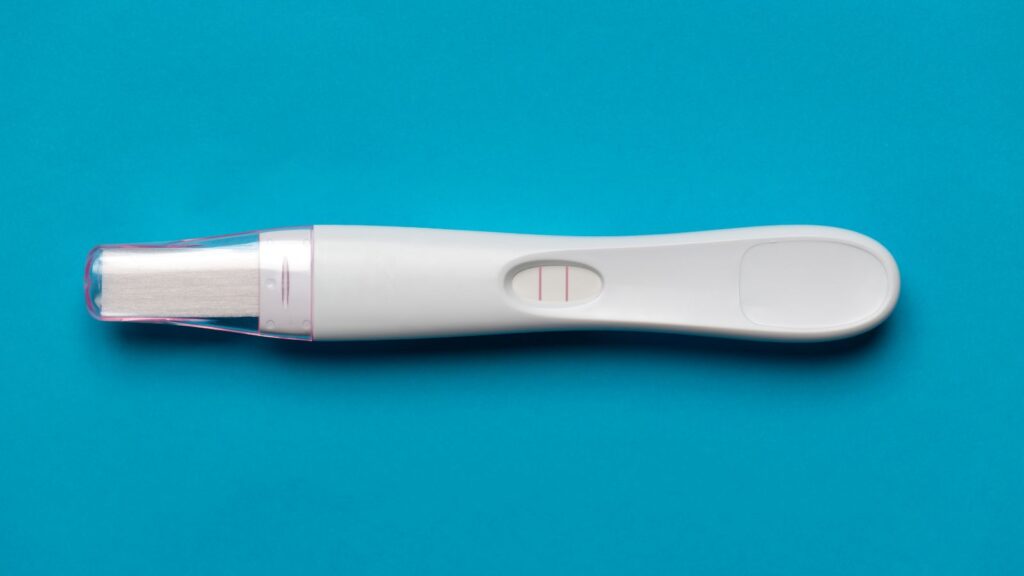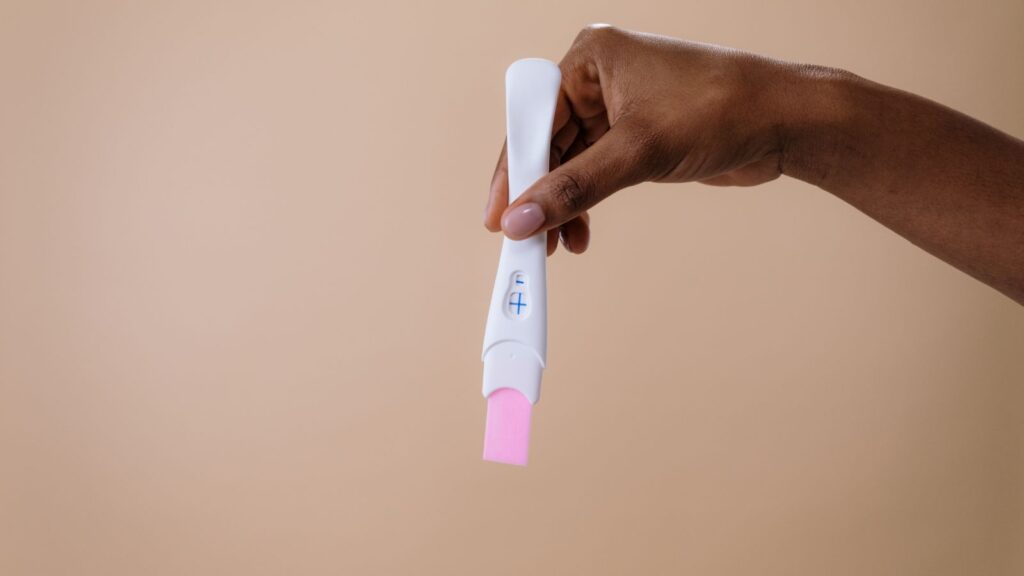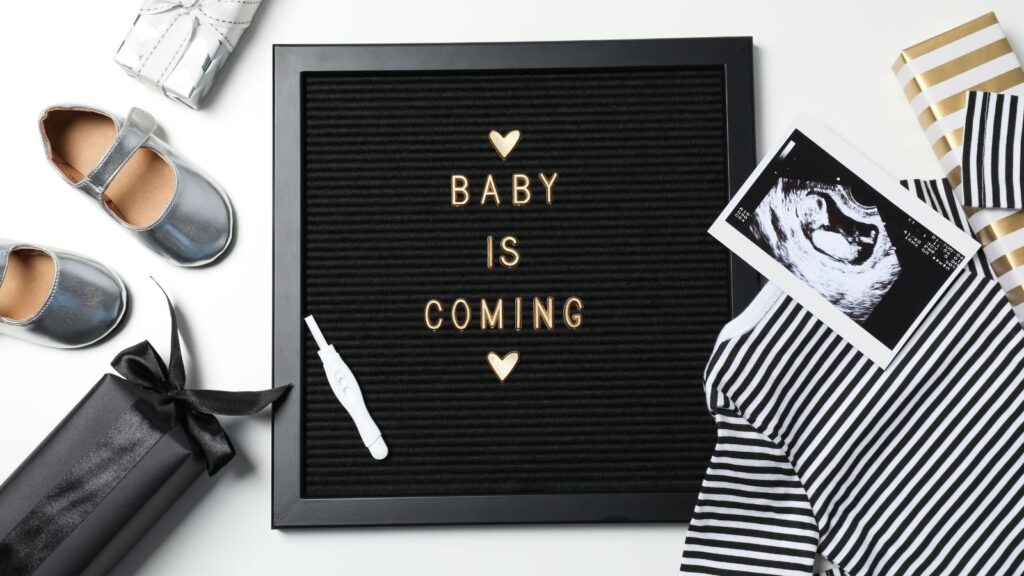Navigating through the myriad of pregnancy tests on the market can be a daunting task, especially when it’s crucial to get accurate results. Whether you’re hoping for a positive or crossing your fingers for a negative, the choice of a pregnancy test can significantly impact your next steps.
This article aims to guide you through the maze, showcasing the best pregnancy tests available today. It’ll consider factors like sensitivity, ease of use, and speed of results. So buckle up, because we’re about to make your decision-making process a whole lot easier.
Understanding Pregnancy Tests
Pregnancy tests offer a convenient means of confirming if one’s expecting. They detect the presence of human chorionic gonadotropin (hCG), a hormone produced by the body shortly after a fertilised egg attaches to the uterine lining. Commercially available tests claim high accuracy, often over 99%. However, results may vary based on timing and hCG concentration in the urine.
These tests identify two main types: digital tests and manual tests. Digital tests display results in an easy-to-understand format, often a clear ‘Pregnant’ or ‘Not Pregnant’ statement. In contrast, manual tests require users to interpret lines on a test strip. The appearance of two lines typically signifies a positive result, while one line signifies a negative result.
Once-taking a pregnancy test, it’s essential to follow instructions meticulously. Variations include testing time, sample collection method, and waiting period for results. For instance, some require morning urine when hCG levels peak, whereas others allow testing at any time of day.
False negatives might occur if tested too early, when hCG levels are too low to detect. In contrast, false positives, though rare, might result from specific medical conditions, medications, or even test errors.

Features to Consider When Buying a Pregnancy Test
When deciding on a pregnancy test, it’s important to consider several key features. These characteristics can aid in ensuring accurate, reliable results when it’s time to take the test.
Sensitivity to hCG Levels: Different tests vary in their sensitivity to detect hCG. Some tests, capable of detecting hCG levels as low as 10 mIU/ml, offer the ability to confirm pregnancy earlier than others. For example, brands like FIRST RESPONSE™ Early Result project accuracy six days prior to a missed period despite low hCG levels, which presents an advantage for early testers.
Digital versus Manual: As mentioned previously, digital and manual tests differ in their result display. With digital tests, there’s no room for confusion – a clear ‘pregnant’ or ‘not pregnant’ shows up. Manual tests, however, require interpretation of test lines, providing a less straightforward, albeit cheaper, alternative.
Ease of Use: It’s preferable to select a test that’s uncomplicated to use. Critical aspects include the process of collecting a urine sample, the need for a specific urine concentration, and the waiting period for results.
Wait Time for Results: Consider the duration needed to obtain the results. Some tests offer swift results within 1-3 minutes, while others may require a wait time of up to 10 minutes.

Review of the Best Pregnancy Tests
Reviewing three widely acclaimed pregnancy tests, namely, First Response Early Result (FRER), Clearblue Digital Pregnancy Test, and E.P.T Manual Pregnancy Test allows for a comprehensive analysis. These tests promise high precision, focusing not only on detecting hCG hormones but offering additional considerations like speed and readability.
First Response Early Result (FRER)
Manufacturers claim that FRER can detect pregnancy six days before the missed period, giving fast and accurate results. By analysing one mIU/mL of hCG, it’s often called the most sensitive over-the-counter pregnancy test. Users rejoice in its design simplicity, marking it as user-friendly and uncomplicated. However, the price is higher than many competitors, which could be a deterrent for some.
Clearblue Digital Pregnancy Test
Clearblue Digital Pregnancy Test presents results electronically, minimising chances of misinterpretation. It can identify four days before the missed period, covering 25 mIU/mL of hCG concentrations. Users find its digital read-out system to be a game-changer, tackling the ambiguity that often accompanies other pregnancy tests. It’s important to note that it is priced higher than many of its counterparts.


